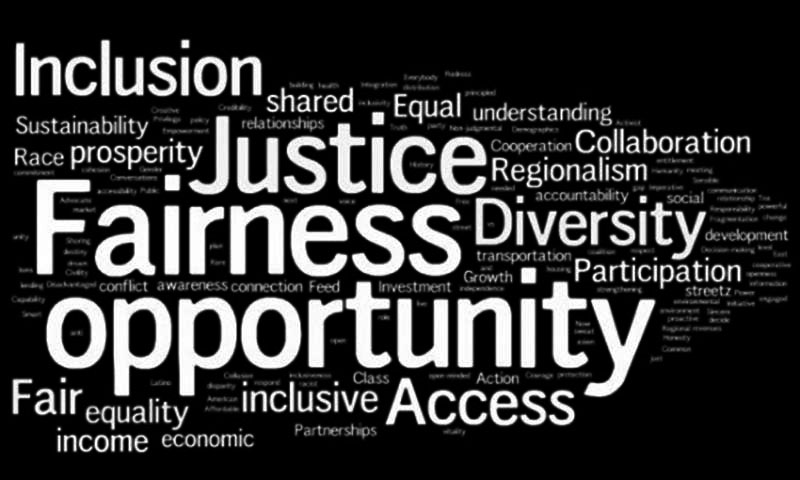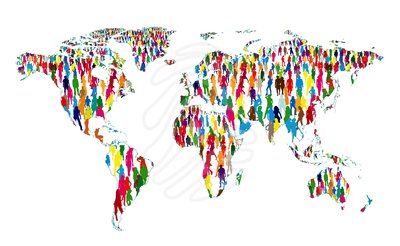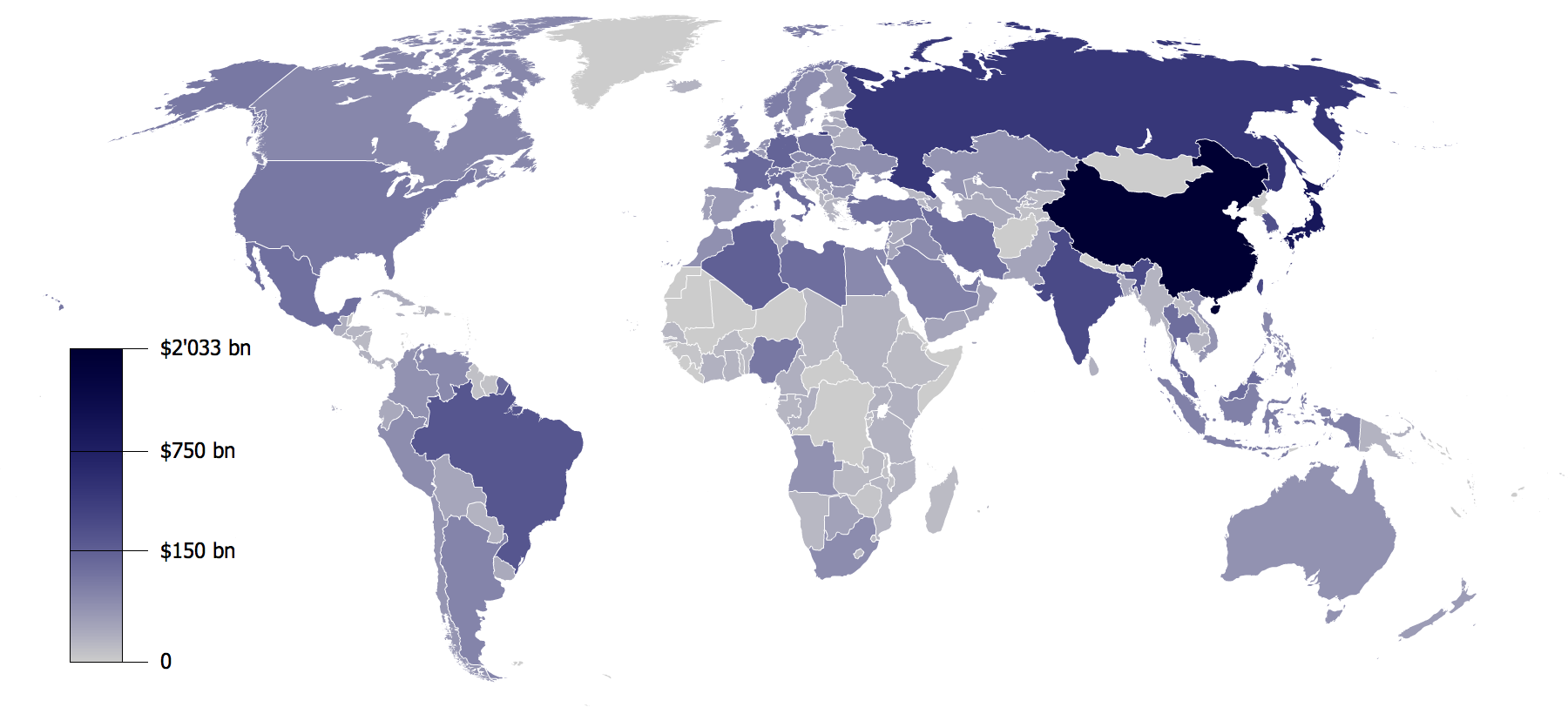Food sovereignty
Food sovereignty is the right of peoples to healthy and culturally appropriate food produced through ecologically sound and sustainable methods and their right to define their own food and agriculture systems. It comprises the right to choose the food technology used. Food technology essentially means the production, distribution and consumption methods. It works on cutting the role of middle man and aims to provide full benefit to the actual producers.
- Concept of food sovereignty started in 1996 at farmers movements
- Mali conference on food sovereignty Philosophy
- Emphasis on sustainable and environment friendly production mechanism
- Equitable food rights
- Empowerment in sector of knowledge, skill, management and research
- Right to farmers and reduce room for middleman
- Food system should be localize and not internationalize.
Legal provisions: Constitution of Nepal (Every citizen shall have the right to food sovereignty), Policy of state (To pursue a policy of establishing the right of all citizens to education, health, housing, employment and food sovereignty.)
Food security
Food security means that all people at all times have physical and economic access to adequate amounts of nutritious, safe and culturally appropriate food, which are produced in an environmentally sustainable and socially just manner and that people are able to make informed decisions about their food choices.
- 1996 world food conference declared four pillars of food security
- Access, availability, food use and stability
Difference between food sovereignty and food security
- Food sovereignty secures food security but not vice versa.
- Food sovereignty established farmer right and security is all about availability.
- Food sovereignty is self-dependent approach but food security can be achieved via help/donation.
- Food sovereignty doesn’t imagine middleman but food security may have a middle man.
- Food sovereignty puts its emphasis on sustainability but security doesn’t.
- Sovereignty is theoretical but security is practical.
Policy mechanism
- Constitution of Nepal 2072
- Consumer protection act 2054
- Agriculture perspective plan, 2007
- National agriculture policy, 2001
- MDG goals of reducing food, scarcity
Bodies
- Ministry of agriculture development
- Nepal Khadya Sanstan
- SASRC Food Bank
Problems of food security
- Lack of right of concerns
- Lack of rules & regulation regarding food sovereignty & security
- Perennial food crisis on hilly & mountain region
- Import of agricultural goods despite being an agricultural country 36% GDP contribution.
- Low production and diminishing interest of youth in agriculture
- Ineffective food distribution mechanism
- Huge role of middleman and no initiatives to curb this
- Geographic remoteness causes another problem
- Subsidized good mostly exploited by few elite groups
- Fertile land increasing used for settlement, housing etc.
- Irrigation problem and reliance on rainwater for cultivation
Solving problems
- Clear legal provision regarding food sovereignty & security
- Discourage middleman
- Increase investment in agricultural sector & make professional work
- Increase assistance subsidies for agricultural products & equipment
- Establish reliable food distribution mechanism
- Increase production and decrease import of food items
- Making food storage warehouse for storage
- Improve traditional forming technique and introduce new technologies
- Increase public awareness.
- Nepal joined with SAARC Food Bank.
- Global Hunger Index – 2012 – Nepal – 60th place.










nice…plz write introductort sentence at first n concluding sharply on any topics may be effective